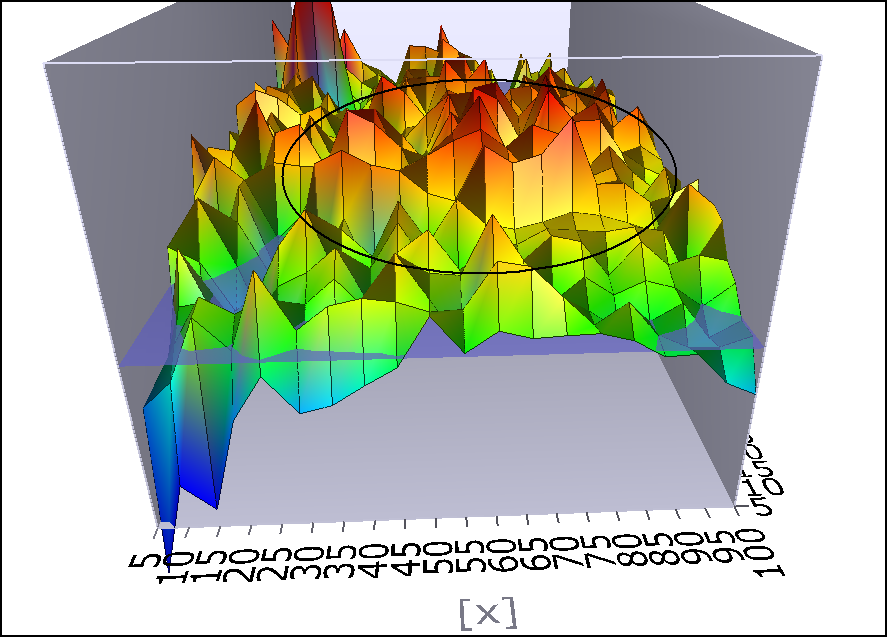I went to Best Buy today and purchased an Insignia model NS-BRHTIB Blue-Ray Disc Player and Home Theatre System. It was on sale, and the audio sounded good in the store. I have been operating with a 5 year old DVD player and awful sounding AKAI home theatre system, so it was time to upgrade.
So what is the problem?
After tearing down my old system, and setting up the new system, which took a couple of hours, THE SON OF A %@#$! DOES NOT WORK.
To be clear, I can access the menu on the Insignia, adjust settings, etc., and my HD TV recognizes the Insignia via the HDMI input, but when I press play, I get audio, and no video.
I went to the Insignia website, downloaded the firmware, and updated the disc player. It didn’t make any difference.
I then called Insignia customer support. While they were very friendly, in less than 5 minutes, they had determined that I should just take it back to Best Buy and exchange it for another Insignia product, or get my money back. Clearly, this is a known issue with this model. In fact, on Insignia’s own site, there are several reports in February of this problem with this model. Insignia’s solution? Take it back.
So I’m about to spend another couple hours breaking this SON OF A #$%@! down and putting it back in the box to take back to Best Buy tomorrow. I’ll have about 6 hours total involvement in trying to get this piece of crap to work.
Please forgive me for not posting another installment tonight on the ETF Rotational System. I’ve wasted my blogging/researching time on this PIECE OF CRAP INSIGNIA product.
Comments »











